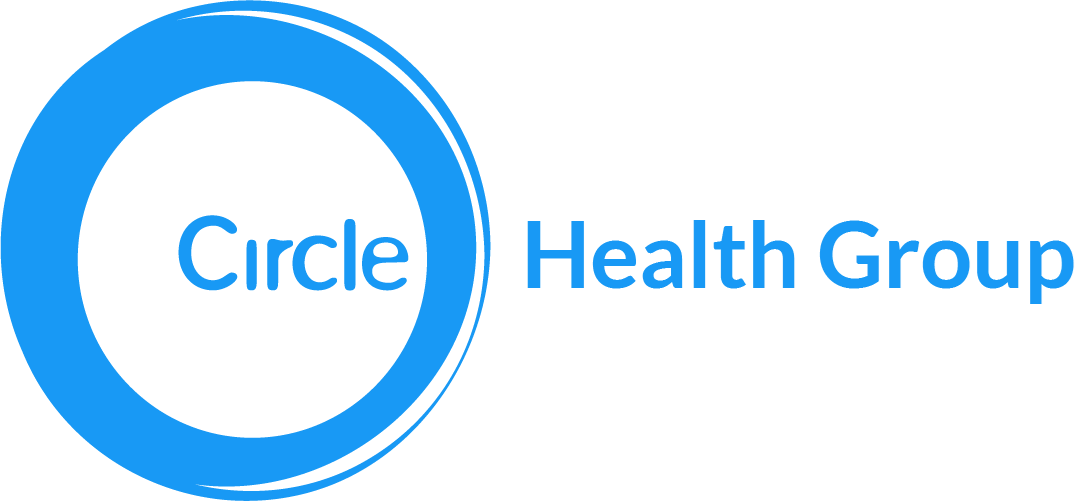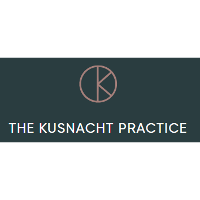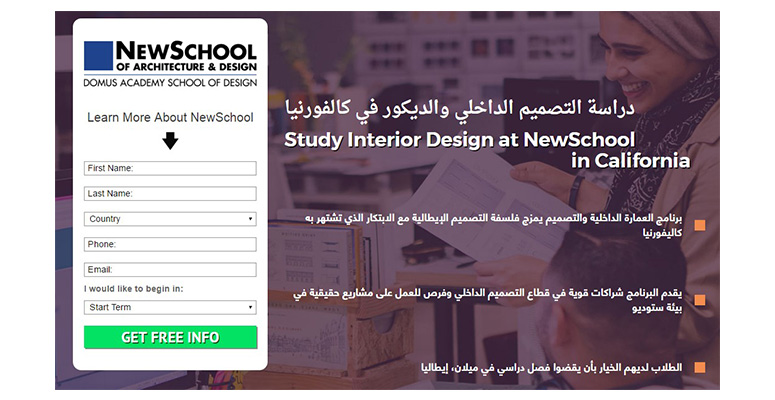The Arabic PPC Agency
Attract Arab Clients with Arabic PPC Ads
The GCC region boasts some of the world’s most affluent consumers, and you need a guide who’s had success in the region to help you attract and turn these consumers into customers.
Some of our Clients






IstiZada Arabic PPC Management
Ads that turn Arab into Customers
With more than a decade of experience running marketing & ads in the Arab world, we know how to make marketing messaging catch Arabic speakers' attention. More ads seen = more customers.
Native Arabic speakers & PPC Pros
All our PPC managers are native Arabic speakers, and we’ve been running Google ads in our accounts since 2012. We turn Arab audiences into customers. IstiZada can help you reach your goals in the Arab world too.
Reach Arabs Fast
Stop wasting time and money running ads with high costs and low conversion rates. Our obsession with the Arab World helps you get results faster. If you are working with marketers who aren’t experts in marketing to Gulf Arabs, chances are you are missing out on more customers.
Why work with a team of native Arabs
IstiZada’s team of native Arabic-speaking marketers use their insights and years of ad testing to run eye-catching marketing campaigns that drive leads & sales. We know that a successful Arabic marketing campaign needs to be:
Culturally sensitive and appropriate
Engaging and localized in Arabic
Targeted to the right Arab Audience
What you can expect from working with IstiZada

Complete PPC Transparency
When it comes to pay per click advertising we provide clients with complete transparency into their account and campaigns with us. This means that our reports include metrics like clicks, avg. cost per click, click thru rate, total impressions, and most importantly the number of conversions. To add to this if for any reason you want to leave we will give the account over to you with all the appropriate access so you can run it.
Dedicated Project Manager
Each client we take on has their own dedicated project manager who will lead the strategy for your account. This same project manager will remain with you throughout your campaigns with IstiZada. Each project manager takes a keen interest in the accounts they take on and their individual success is closely tied to the success of your campaigns. Our clients like that we have project managers who not only help them with the services they signed up with us for but also advise them on various other ways to increase their marketing success to drive more revenue for their companies.
Arab Obsessed
We’re IstiZada, we’re obsessed with the Arab World. We’re a team of marketers hyper-focused measurable online marketing across the Middle East. You benefit from insights gained from working across many websites and industries targeting the Arab world.
Ad copy – Ad copy – Ad copy
Even before the invention of digital advertising, marketers as earlier as Claude C. Hopkins discovered that small changes in ad messaging could make a huge impact on how successful those ads were. In light of this, testing different ad copy with different audiences is important to getting the most success from your online campaigns today. We’ve come across many companies that have been running Adwords ads that were just translated from English by a translator that had no clue of which words in Arabic would be the most effective to use. In an effort to save money, these companies end up losing much more money because they waste money running ads with words that fail to compel their audience to action. Having well written Arabic ad copy that uses action evoking words is just as essential as well written English ad copy. Effective Arabic Google Ads management makes use of the best ad copy to drive results.

Through consistent optimization, seasonal campaigns, and better ad and landing page messaging, IstiZada increased signups by 114% for a large client in the financial services sector. The percentage is compared to monthly sign ups over each year. In addition to increasing signups the quality of the leads improved drastically.
New School of Architecture & Design came to IstiZada for help with attracting 100 Arab student leads per month. IstiZada averaged more than 600 student leads per month with the same budget using Meta Ads.

Why IstiZada
- Proven SEO results with many clients
- 85% of our team are native Arabic speakers
- Focused on Arabic SEO since 2012
- Arabic focused agency – we only take on clients who come to us to reach Arabs
- Quick results focused
- Team of at least 4 Arabic SEO experts work on every website
Other Agencies
- Outsource their Arabic to others
- No Arab specialists on their team
- Use SEO tactics that could get your company in trouble
- Don’t get lasting results in Arabic
- Make costly Arab cultural mistakes that decrease sales
- Lack focus, so they don’t become true experts in Arabic
Testimonials

0 / 5.0 on
Reviews
What clients are saying about IstiZada
"We came to IstiZada looking for help attracting more Arab students to one of our architecture universities. Our initial goal was to attract about 100 student leads at our targeted cost per lead over the 3 month campaign. IstiZada used both Facebook and PPC ads to drive Arab students to targeted landing pages in both Arabic and English. IstiZada exceeded our initial goals and drove more than 2700 Arab student leads at a cost per lead that was a small fraction of our original target cost."

Damiano Antonazzo
"After starting to get some Arab clients for our Drug and Alcohol Rehabilitation Center we decided to launch an Arabic website targeting Arabs across the Middle East. A few months after launching the website we came to IstiZada to help us increase our Arabic website traffic. IstiZada used both Arabic SEO and PPC to increase our traffic from the region. As a direct result of these campaigns we've seen monthly organic traffic increase by 740%. We now rank in the top positions on the first page of Google for many of our important Arabic keywords, and our average number of Arab clients each month has increased by more than 500%!"

Ben Moller
"Before we came to IstiZada for help we saw Arab markets as a great source of customers for our luxury chalet holidays in the Swiss and French Alps. Our challenge was we struggled to get consistent leads from wealthy Gulf Arab nations with our marketing efforts at the time. IstiZada helped us by using online marketing campaigns in Arabic & English targeted to Arabs to drive new leads. Now we have a steady stream traffic and new leads coming in from Gulf Markets."

Paul Schavemaker
Why work with a team of native Arabs
IstiZada’s team of native Arabic-speaking SEOs use a deep understanding of the Arab Gulf markets to create compelling optimized Arabic content that drives sales from Arab decision-makers while remaining culturally appropriate.
Culturally sensitive and appropriate
Engaging and localized in Arabic
Targeted to Arab decision makers
FAQ
Do I need to speak Arabic to run ads in the Middle East?
No. Our team handles everything from Arabic keyword research to ad creation, localization, and campaign management. You just provide input on your goals and ideal customers.
How do you measure the success of an Arabic PPC campaign?
We track leads, conversions, cost-per-acquisition, click-through rates, and more—customized to your business goals. We also use Arabic-specific tracking strategies to accurately attribute results.
How long does it take to see results?
Most campaigns start showing early signs of performance within 2–4 weeks, with stronger optimization and ROI typically visible after 2–3 months.
What kind of ROI should I expect from Arabic PPC?
This depends on your industry and offer, but many of our clients see better ROI than English-only campaigns once the Arabic campaigns are optimized.
How do you make sure the ads resonate with Arab audiences?
We don’t just translate—we localize. Our native Arabic marketers craft ad copy that aligns with cultural norms, regional dialects, and buyer psychology in the GCC and broader Arab marke
Which countries or regions can you target?
We specialize in the Gulf Cooperation Council (GCC) countries (Saudi Arabia, UAE, Qatar, Kuwait, Bahrain, and Oman), but we also run Arabic campaigns for audiences in Egypt, Jordan, Iraq, and the Levant.
Rank Higher on Google in Arabic & Attract Arabs Customers
Reach wealthy Arab customers in the Gulf when they search for what you offer in Google Arabic
Since 2012 IstiZada has been hyperfocused on making Arabic websites rank well in Google. Let us help your website rank for your top keywords in Arabic & start enjoying more Arab clients than every before.

Why work with a team of native Arabs
IstiZada’s team of native Arabic-speaking SEOs use a deep understanding of the Arab Gulf markets to create compelling optimized Arabic content that drives sales from Arab decision-makers while remaining culturally appropriate.
Culturally sensitive and appropriate
Engaging and localized in Arabic
Targeted to Arab decision makers
Jordan Boshers
Jordan Boshers is the Chief Digital Strategist at IstiZada, a digital agency that helps companies market to Arabs. He has 12+ years of experience running successful digital marketing campaigns in the Arab world. His insights into Arabic SEO helped him grow previously unknown websites to dominate Arabic niches on Google including growing one site from 0 to more than 2.5 million users monthly. Jordan has consulted for hundreds of companies including helping corporations like Amazon, Berlitz, and Exxon Mobil with their Arabic digital marketing. Learn more here or on LinkedIn.
View all posts by Jordan Boshers